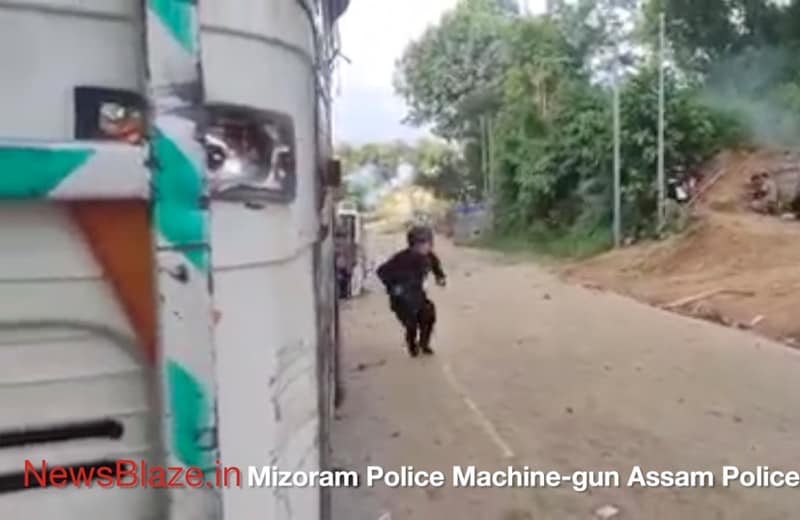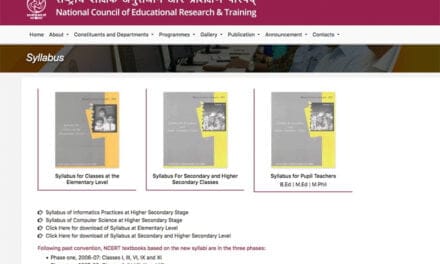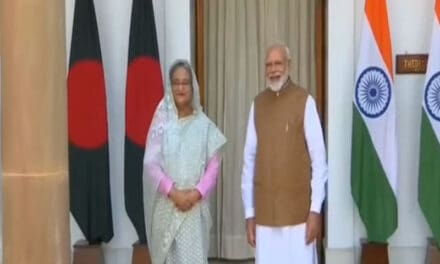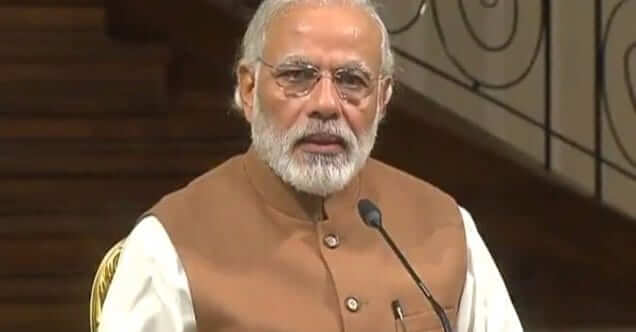Diphu August 5: “If devoid of the advantage of the Physiographic heights, you lose your battles in any war.” Sun Tzu, the Art of War.
Mizoram Police Cross Into Assam
The staccato bursts of fire from assault rifles and their automatic brother, Light Machine Guns, of the INSAS (Indian Small Arms System) broke out inside the territory of Assam from three vantage points at a spot just beyond Lailapur, a small township. The noise was deafening, as Mizoram Police fired machine guns at Assam police and civilians.
The truth is Indian made weapons for war with 5.56mm rounds were used against a contingent of Assam Police by their counterparts of Mizoram Police. Result was: nearly company strength of the Assam Police personnel including the Superintendent of police suffered bullet wounds.
Six Assam police and one civilian lay dead when the guns fell silent.
50 were injured, including Vaibhav Nimbalkar, Cachar Superintendent of Police.
The Mizoram police were in far lesser numbers but chose to attack in a premeditated manner and around 3000 rounds they fired flattened about 70% of an armed company.
They maximized the opposite party’s damage with minimum personnel: credit to guerrilla tactics and the light machine gun.
The clandestine support of ‘economic war’ from the victim state without the government showing up or getting involved spun normal life out of gear in Mizoram.
More than three tons of essential food items were flown in from Silchar onboard cargo planes to Lengpui airport.
At least the sky was out of bounds for the agitating ‘public.’ The allegations and counterclaims apart; the confusing broth cooked up so many demands the necessity of knowing whether to blame some event at all that started it.
The inner line reserved forest of about 1000 square kilometres has a boundary with the Cachar district of Assam. The same is also with the neighbouring district of Hailakandi.
Mizoram State Border Set in 1933
When in 1975, Mizoram attained its statehood, it never questioned the veracity of the notification number 2106 A.P. dated, 9th March 1933.
This was the last boundary drawn between the Cachar and Lushai Hills Districts and showed what should be political limits of the Lushai Hills in the other directions whether east, south or west … the boundary line with Cachar would be to the north.
The boundary claims of the Mizo organizations are based on an old demarcation record from 1872 or so.
This is the price of having a colonial past where one could go back and begin a ruckus, egged on by some dubious internationally connected organizations of all kinds having a vast agenda of destabilization.
It is easy to see that the situation with the Naga organizations is similar. They do not recognise the notification of November 24th 1925 on the strength of which the Naga Hills became a state and acquired constitutional boundaries with Assam, Manipur and one-time NEFA ( North Eastern Frontier Agency) .
The commonsense solution is to find out the ground based boundary and to have joint or mutually reverse Long Range Patrolling by both opposing parties. Good tech savvy geographers can solve that job in a jiffy. Aw c’mon, are ye authorities heeding these wise words?
Ahom Kings and Borders
If in contemporary times, the hill states are unhappy with Assam regarding territory, it is a matter of wonder how the Ahom Kingdom (1228-1826AD) managed to have a relationship with the tribesmen from the surrounding hills and landscapes.
The border affairs were a specialized and sensitive administrative part carried out by the emissaries of the Ahom Kings.
There were battles if need be for chastisement. Otherwise, there were socio-economic kinds of exchanges with barter trades all over on the plains; where the various tribesmen used to exchange medicines, asafetida, seasonal fruits, bush meat, opium, animal parts and skins , sometimes gold and take back the precious salt and iron nuggets.
Suddiyah Frontier Tract
In the famed Sadiya of the (Suddiyah Frontier Tract), there used to be a meeting place weekly twice. With Bhutan, access to the Tibetan capital town of Lhasa was possible through the Koriapar Duar, with Seven Chieftains in command. Chinese Silk, Gold-dust etc.
This access led to Chouna via Geegunsheer and Lhasa in two months. With Bhutan, Ahom kings had the highest order of relationships.
Ahom Swargadeos did not have to contend with the Lushei or the Lushai (politically corrected to Mizo) as the southern boundaries never merged with these tracts.
The economic relationships were promoted between Nagas and the Ahoms after; the retaliatory raids forced some of the Nagas to accept the Ahom suzerainty.
The Nagas were given permission of free land and fishing and these became what are known as Naga Khats.
Lively border trades on barter flourished and contributed towards a development of patois Assamese, later to be known as Nagamese.
There were social cultural exchanges between the Ahom and the Manipuri royal families. The ancient trade route from Pataliputra went through Bhagalpur, Rajmahal, North Bengal and Kamrup.
From here there were three routes, one over Patkai range, one through Manipur, and through Bhamo to Kunming.
Present Day Situation
This is the part where we come into the present day’s context; the closure of Mizo Myanmar international Border. It had a far reaching impact as the Mizoram landscape provided the roadways for many kinds of ingress into Indian heartland from Narcotic drugs to Cattle trading.
Some issues which are in the public domain need to be brought up here for better understanding of the interstate border problem.
Mizoram Encroachment
Recently amid the Assam-Mizoram border disagreement, Member of Assam Legislative Assembly Suzam Uddin Laskar of All India United Democratic Front party representing Katlicherra electorate of Karimganj district, which has borders with Mizoram, has said that large number of Myanmar national are unlawfully staying in the inter-state border and is mixed up in illegal drugs trafficking and arms running business.
Laskar has alleged that Mizoram authority has eaten into a large part of his constituency, Katlicherra. Large numbers of Myanmar nationals are residing in these encroached lands and Mizoram has turned into a passageway for smuggling Burmese betel nuts, illegal weapons and drugs, foreign cigarettes, fertilizer, cattle etc.
The MLA has categorically mentioned that Assam government’s massive crackdown against illegal drugs has become cause of concern for the drug mafias.
Suzam Uddin Laskar expressed grave concern about presence of prohibited arms with the Mizo civilians throughout the deadly firing incident on July 26 by Mizo police at Lailaour area, in which six Assam police personal died and more than sixty people received grievous bullet injuries.
The MLA in clear terms said before national media that, most weapons are China made and reached the Mizo people through the international border. He has demanded an enquiry by the highest agency of the Indian government and imposition of President’s rule in Mizoram.
Myanmar Refugees In India
According to various international human rights organizations around sixteen thousand Myanmar nationals have entered inside Manipur, Mizoram, Nagaland, and Arunachal Pradesh after Myanmar’s military coup d’état in February.
The Myanmar nationals include Members of Parliament, Government officials, Army and police officials, and human rights activists. It is thought that most illegal immigrants are hiding to avoid arrest.
Meenakshi Ganguli, South Asia director of Human Rights Watch has already demanded everything under the sky for the illegal immigrants from the Indian Government to gratify various charters of the United Nations Organization.
The Chief Minister of Mizoram claiming to have received the highest number of illegal Myanmar nationals among the Northeastern states has demanded asylum status for the illegal immigrants.
Bizarrely no legal action has been taken by government authorities to arrest the illegal immigrants so far.
It is pertinent to mention here that India is not a signatory of the 1951 UN Refugee Convention or its 1967 code of behavior, however international organizations are hell bent on making India a safe haven for millions of sanctuary seekers like Rohingya, Banglaladeshis and now the Myanmar nationals.





